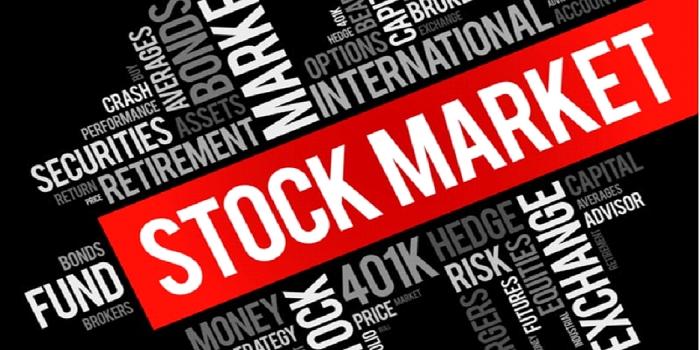
Jashy
No personal profile
51Follow
3Followers
0Topic
0Badge
Nio power
Ford Or NIO? The Final Verdict
Dump it fast
3 Reasons to Sell AMC Stock Right Now
I need it for mining [Cool]
Nvidia’s Planned Arm Takeover Gets Boost From Chip Giants
Lets game
Sorry, the original content has been removed
Upupup
Sorry, the original content has been removed
[LOL]
Sorry, the original content has been removed
Wow
Tech stock rally sends S&P and Nasdaq to record highs
Teva upupup
5 Buffett Stocks to Buy Hand Over Fist for the Second Half of 2021
Love nike
Jim Cramer says he feels better about Apple's China exposure after Nike earnings
Will be huge rebounce soon
Bitcoin falls 8.5% to $31,700
Buy buy buy
A Stock Market Crash Is Coming: 5 High-Conviction Stocks to Buy Hand Over Fist When It Happens
[Cool]
Sorry, the original content has been removed
Wow
Ericsson Shares Slump as It Starts Legal Fight With Samsung
Okay ?
Do Cannabis Stocks Need Tax Reform More Than Legalization?
Power up NIO
NIO Will Surpass Tesla as China's Top EV Maker, Navellier Says
Cool c.wood ?
Cathie Wood Goes Bargain Shopping: 3 Stocks She Just Bought
Will soon hotter again
The IPO Market Has Never Been Hotter Than It Is Right Now
[Miser]
Why Namibia Could Become The Biggest Oil Story of the Decade
???
June jobs report, Consumer confidence: What to know this week
Ohh right
GameStop Joined the Russell 1000. The Move Might Hurt the Stock.
Go to Tiger App to see more news